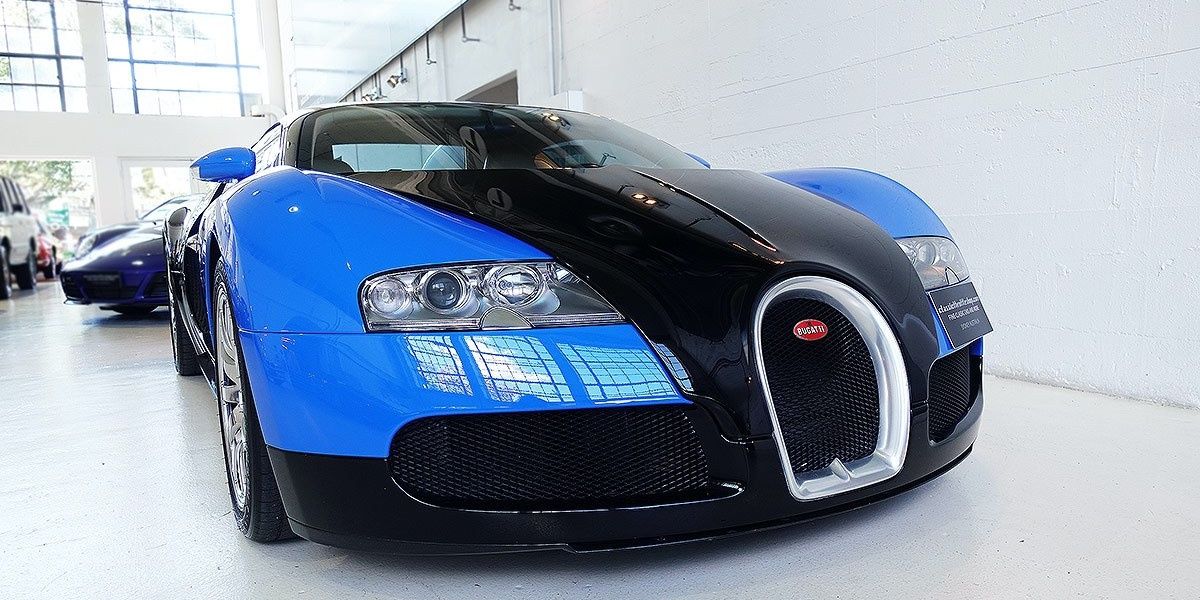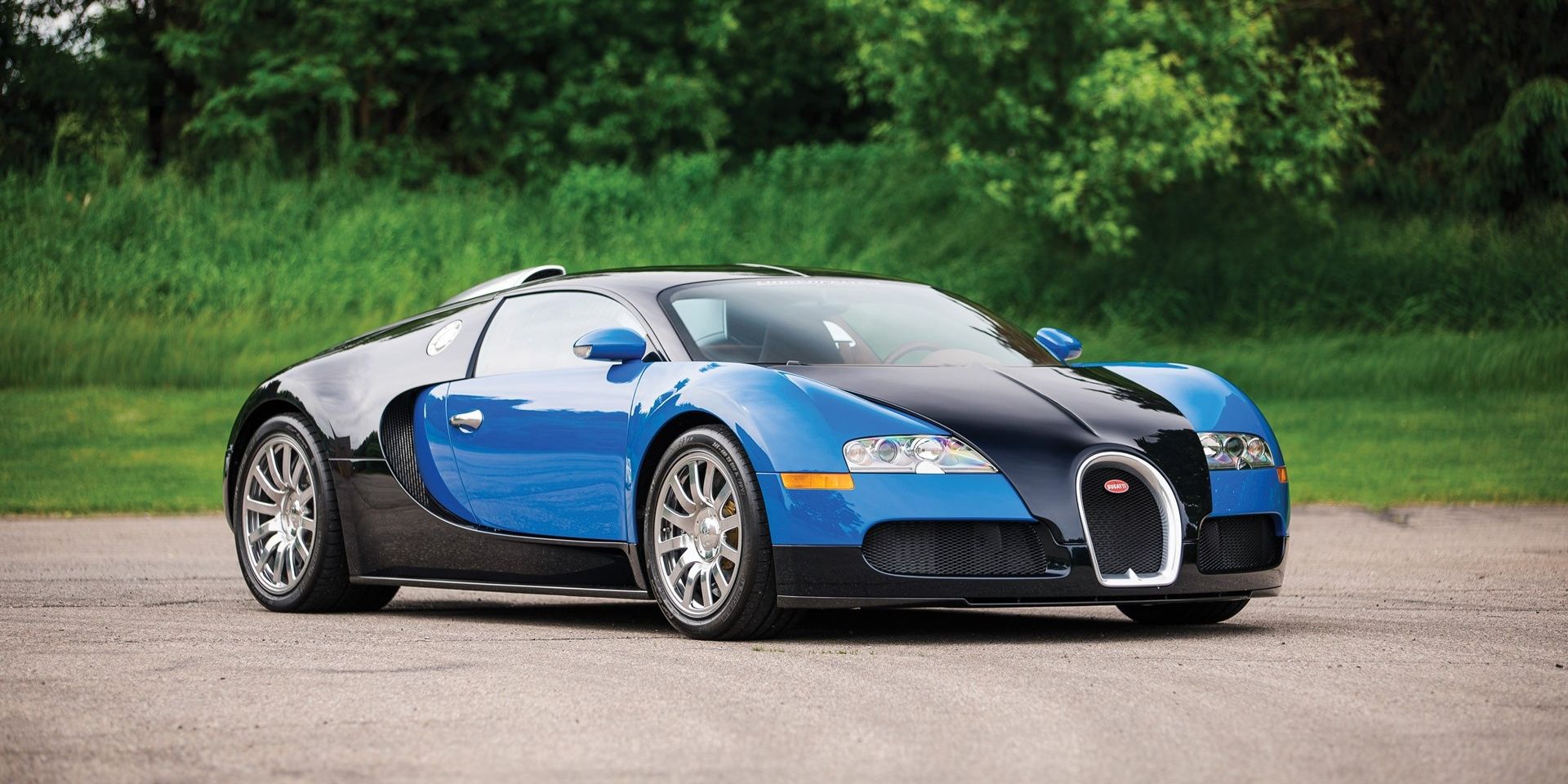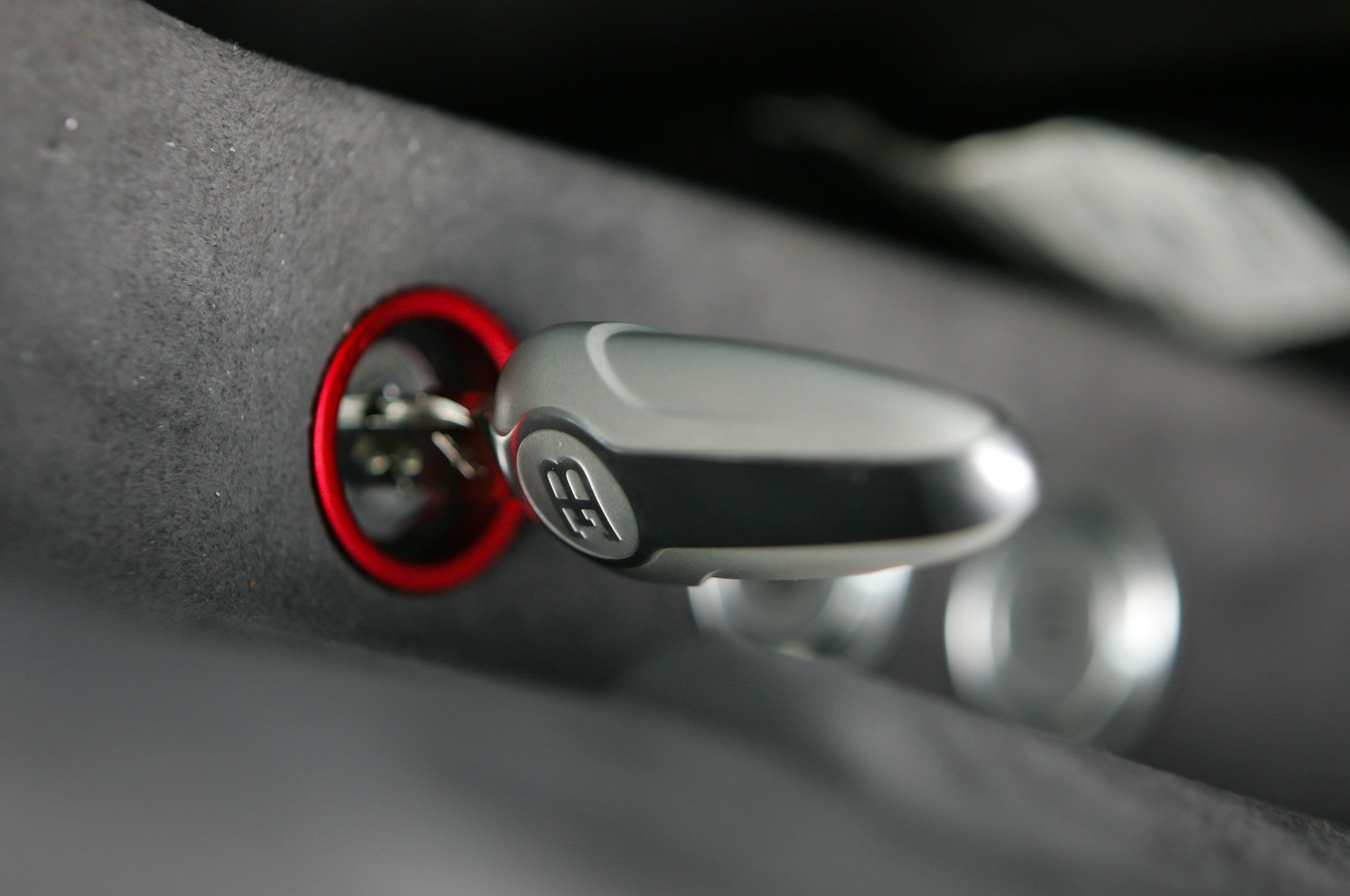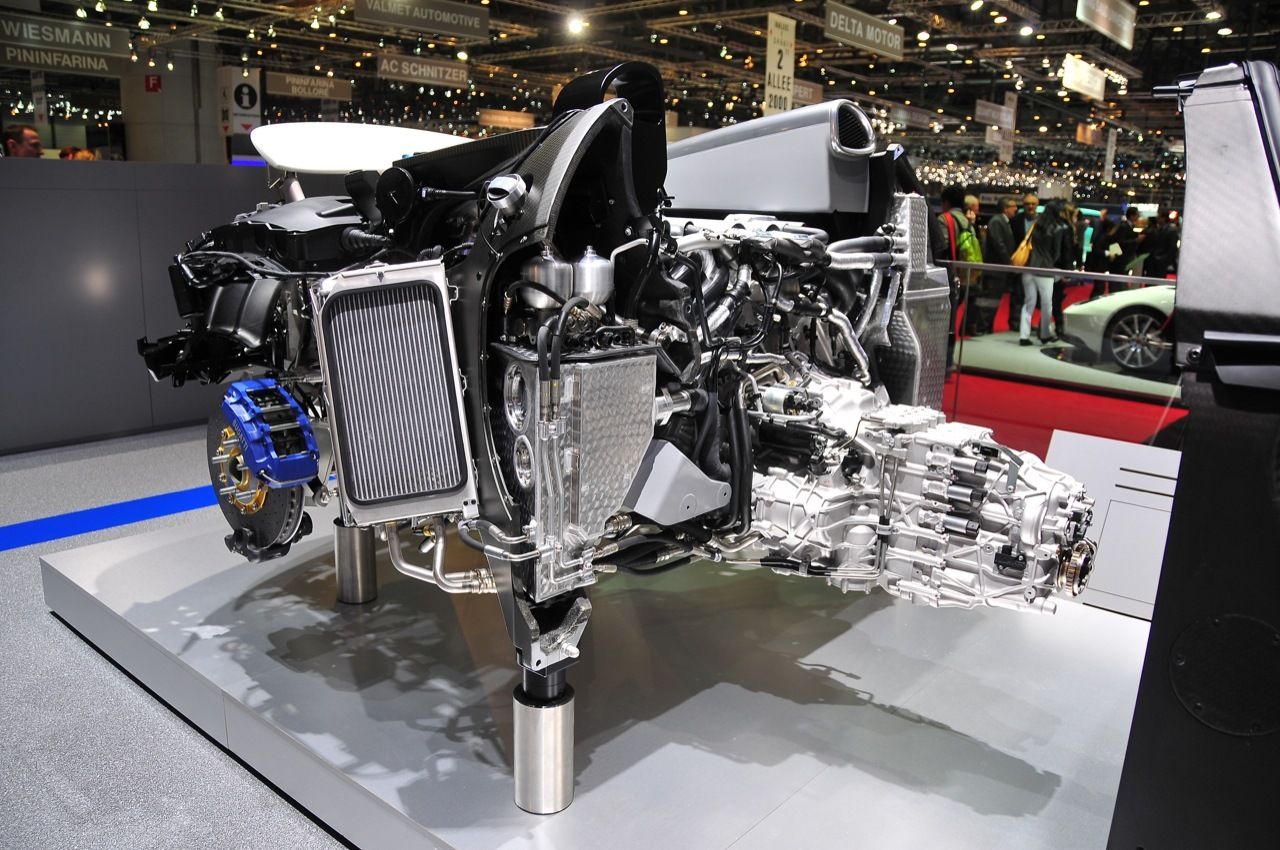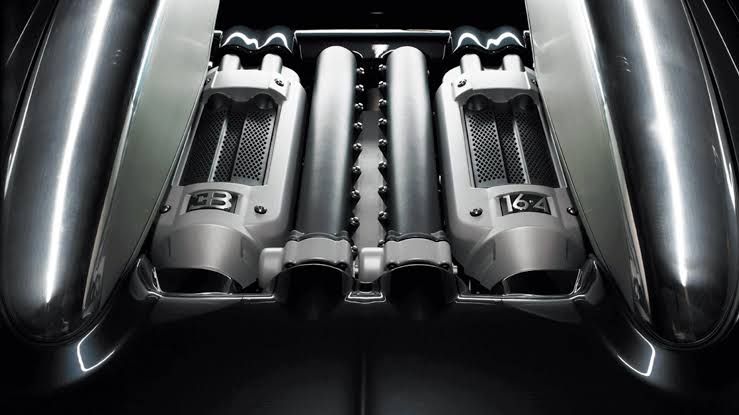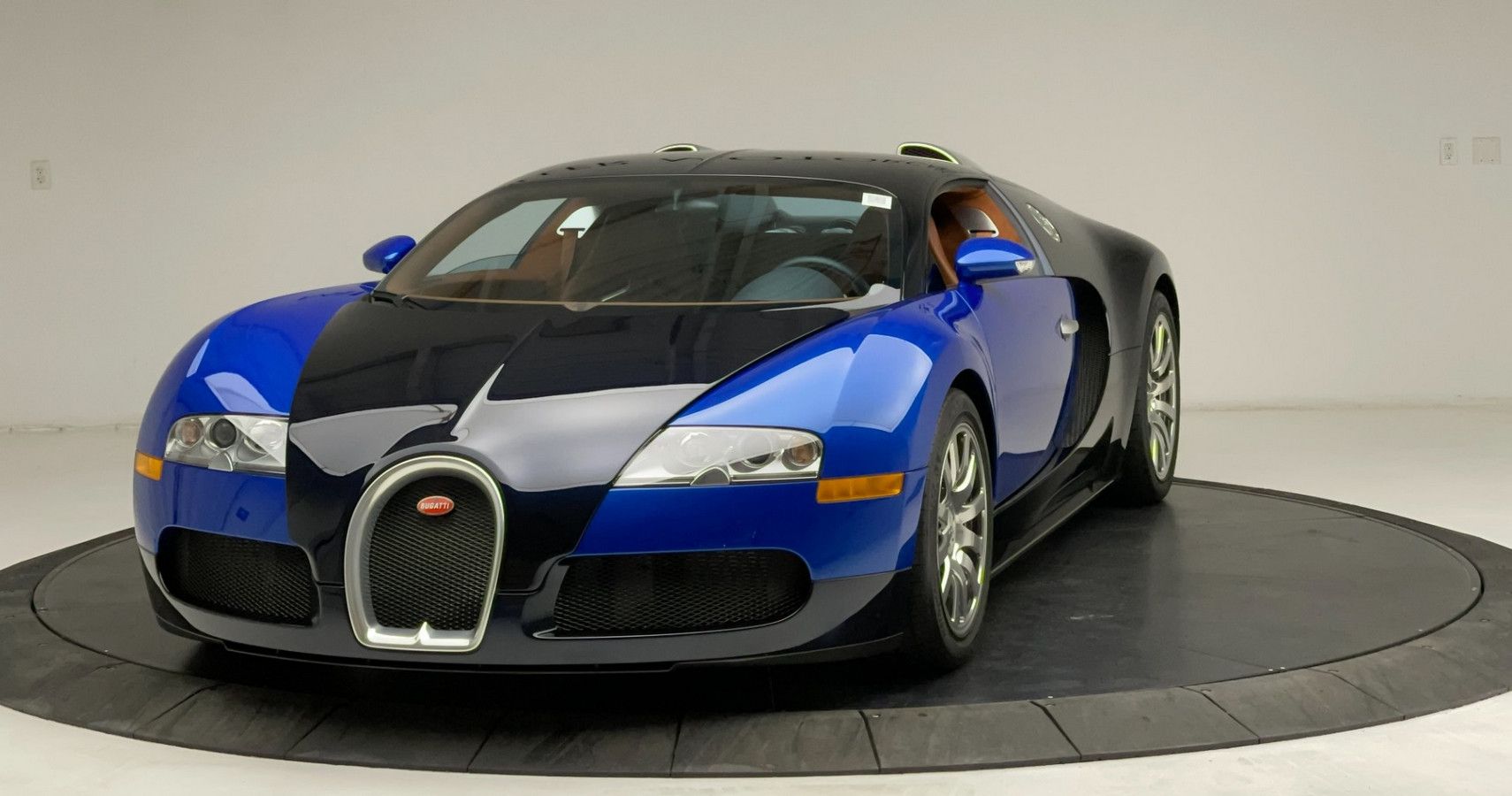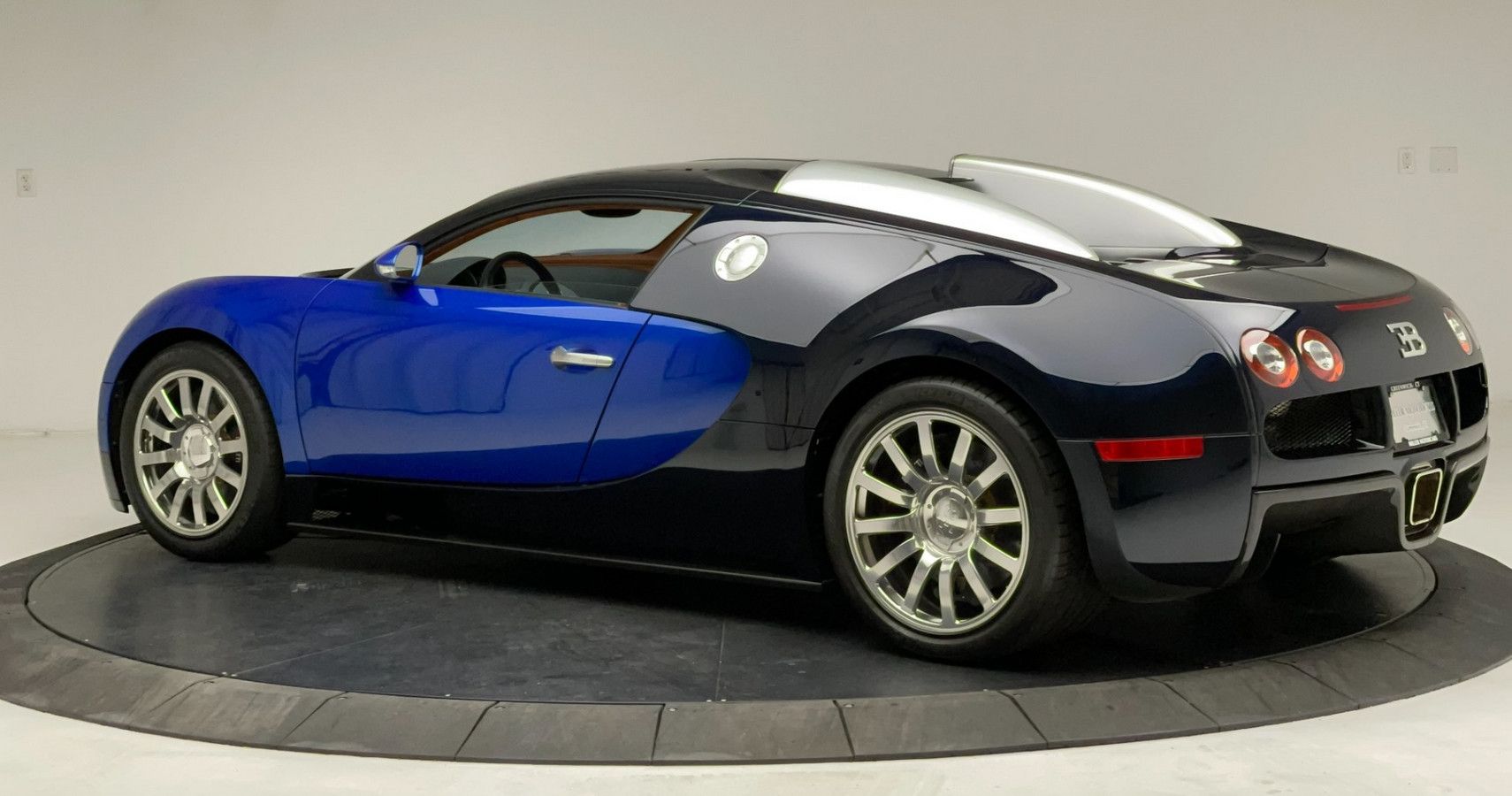The automotive industry’s association with fast-moving technology is something appreciable. In today’s age of technological advancements, it’s relatively easy to bring out a thousand-plus horsepower machine. However, things were not as easy as it is today when Bugatti revealed their plans to build the 1,000 horsepower Veyron.
Owning a car is one thing but getting your hands on expensive hypercars is a privilege reserved for a lucky few. The Bugatti Veyron was launched in 2005 as a million-dollar hypercar (a term that was non-existent back then) with 987 horsepower.
The Veyron redefined the concept of a supercar. People irrespective of age will recognize a Veyron just because of how extraordinary it seemed for the time. Today, with the Chiron Bugatti has refined the idea but in no way has it spurred a frenzy like its predecessor.
Fast forward 16 years, the Bugatti Veyron had its ups and downs in terms of values but seems to have started to correct itself. Prices are creeping slowly but steadily and in around 10 years, the Veyron will surpass the Chiron in terms of worth. Here’s why.
Bugatti Veyron: What Sparked The Desire For a 253.1 MPH Supercar
It all started back when Bugatti was up for sale and Volkswagen AG decided to acquire it. Because Ferdinand Piech was the head of VAG, he insisted that the premier auto brand represent a feat never before achieved in the industry. Mr. Piech, who’s the grandson of Ferdinand Porsche, wanted to take revenge on a certain French company.
Why the revenge? Well, during the early days when Mr.Porsche was active in Le Mans, the top speed on the Mulsanne straight was held by the iconic Porsche 917. However, a specially developed Renault took the record from Porsche by setting a top speed of around 253 MPH.
Now you know why Ferdinand Piech was adamant that the Veyron does a top speed of 253.1 and not 254 MPH. Initially, VW planned to stuff in a W18 engine inside the Veyron, which was phased out citing production complications. Instead, they settled with a quad-turbo W16 no less.
The name Veyron was taken to honor Pierre Veyron, a Bugatti development engineer and company race driver who, with co-driver Jean-Pierre Wimille, won the 1939 24 Hours of Le Mans while piloting a Bugatti. The suffix "16.4" refers to the engine's 16 cylinders and quad-turbochargers.
Bugatti Veyron: A Speed Demon With A Cracker Of An Engine
The 8.0-liter quad-turbocharged W16 was a masterpiece from the folks at Bugatti. Not only was it incredibly complex, but they also managed to package the entirety of this engine inside a relatively small shell. Power figures were equally impressive with the Veyron 16.4 pumping 987 horsepower and 922 lb-ft of torque. The Bugatti Veyron rockets to 60 MPH in 2.5 seconds, which is faster than most modern supercars. Mind you, this is a car that came in 2005. Another trivial fact about the Veyron is how much gas it consumes. When at full, the Veyron gobbles the entirety of its 26.4-gallon tank in 19 minutes.
The visually presented engine was a masterpiece and an incredibly complex piece of engineering. The Veyron came with 12 radiators where most cars had one. The amount of heat generated is so much that half the engine’s total output is thermal loss. Also interesting is the fact that the specifically developed tires in the Bugatti Veyron are glued to the rims. The fact is most of the testing by Michellin was done on aerospace equipment than say normal road-going auxiliaries. The car’s bespoke Michelin Pilots will set you back $38,000 a set regardless of whether you drive it or not. Bugatti advises owners to change tires after 3 years and the rims after 3 tire changes or 10,000 miles, which would set you back approximately $50,000.
Why Is The Bugatti Veyron Shooting Up In Value?
It’s been 16 years since the Veyron launched and there is no car out there that brought out such a leap in automotive engineering. Sure, the Chiron and Koenigsegg Ageras have had their time in the spotlight. But, to have pushed the limits of engineering to a level that Bugatti made a loss of around $2.5 million for each Veyron they made is extraordinary. And frankly, the Veyron is the only car in the world that was not made for profits but to push the industry forward.
The Chiron’s gonna be around until 2026 post which its all-electric successor could be announced. Because of this, Chiron’s values are pretty strong at the moment. However, the Veyron was once so cheap to a point where it could be had for $500,000. Now, however, values have corrected and the Veyron is once again a million-dollar supercar. Trading slightly above list, in 10 years the Veyron will surely be more covetable than the Chiron. Because, if the Veyron didn’t exist there wouldn’t have been a Chiron. Also, speculators believe that in contrast to the Chiron, the Veyron would age well because of its largely simple design.
Sources: Bugatti, YouTube, Romans International

